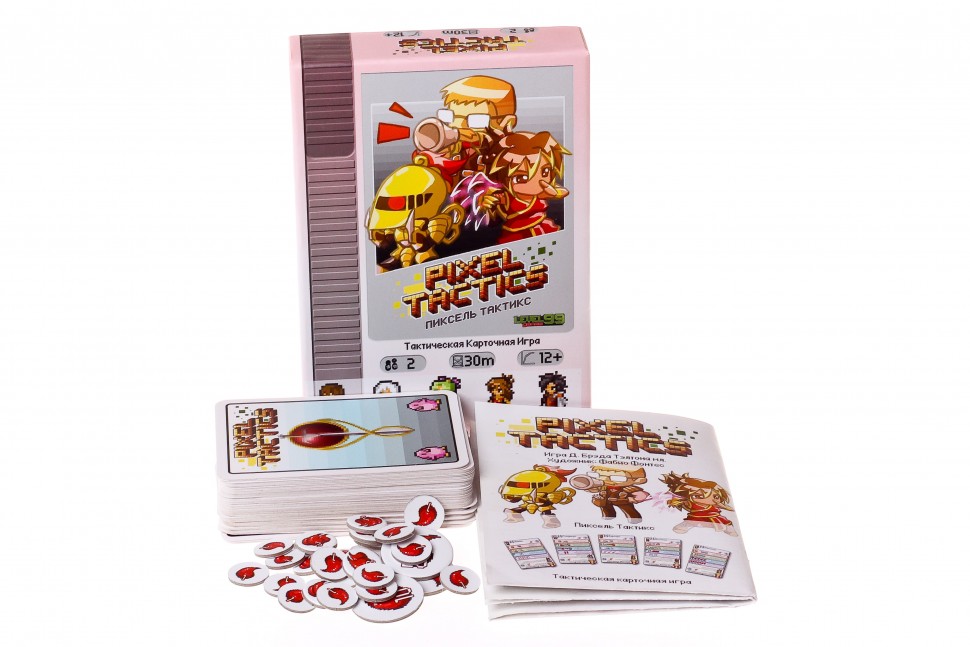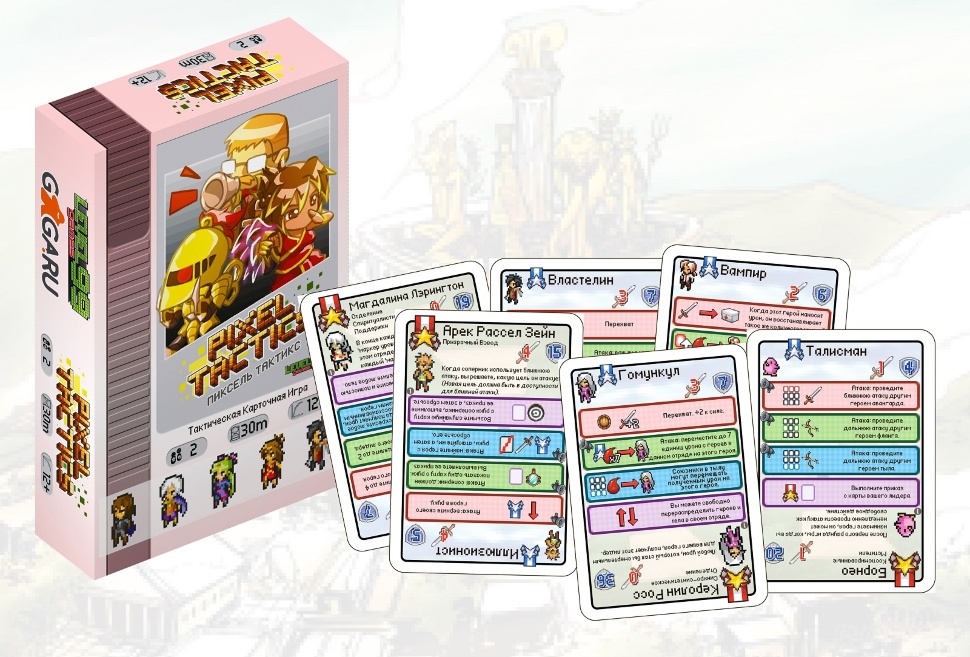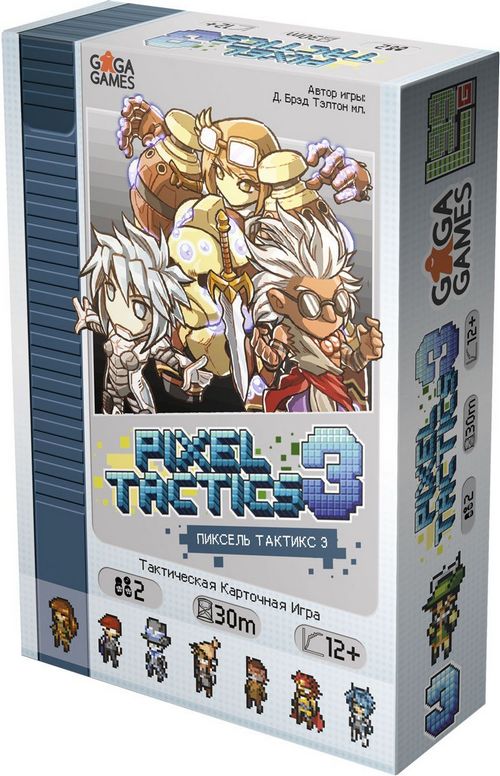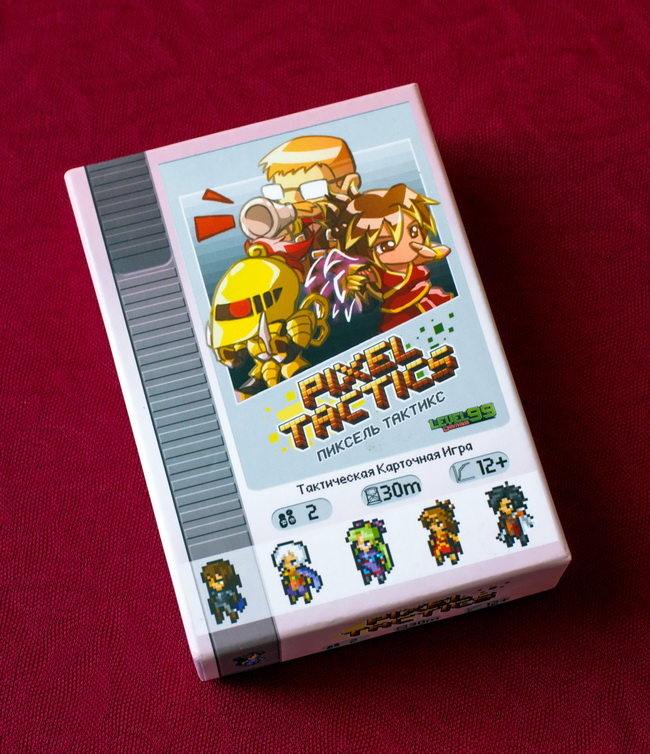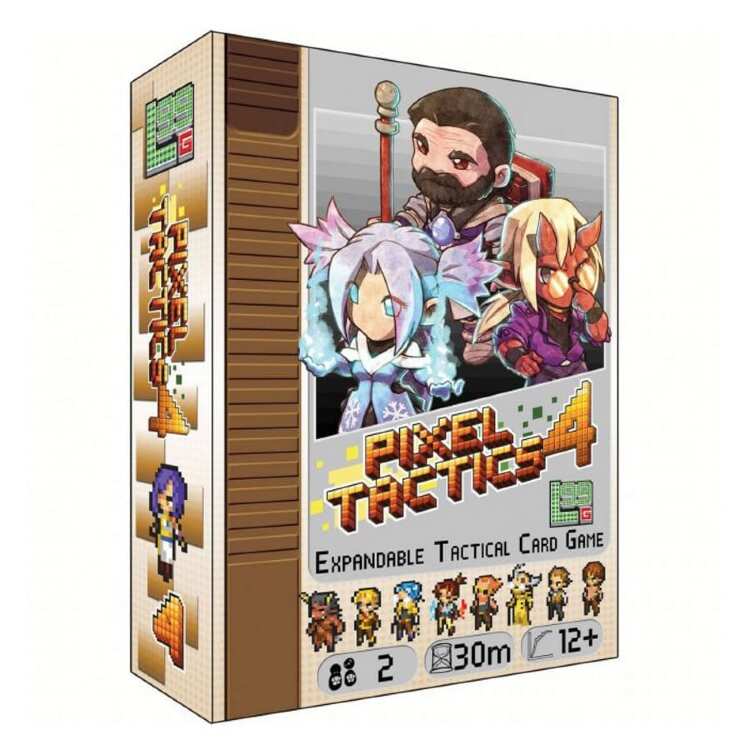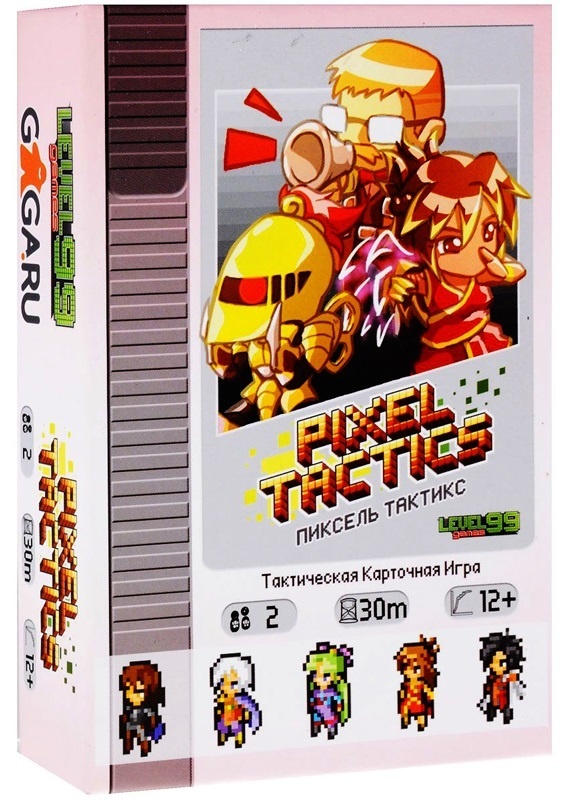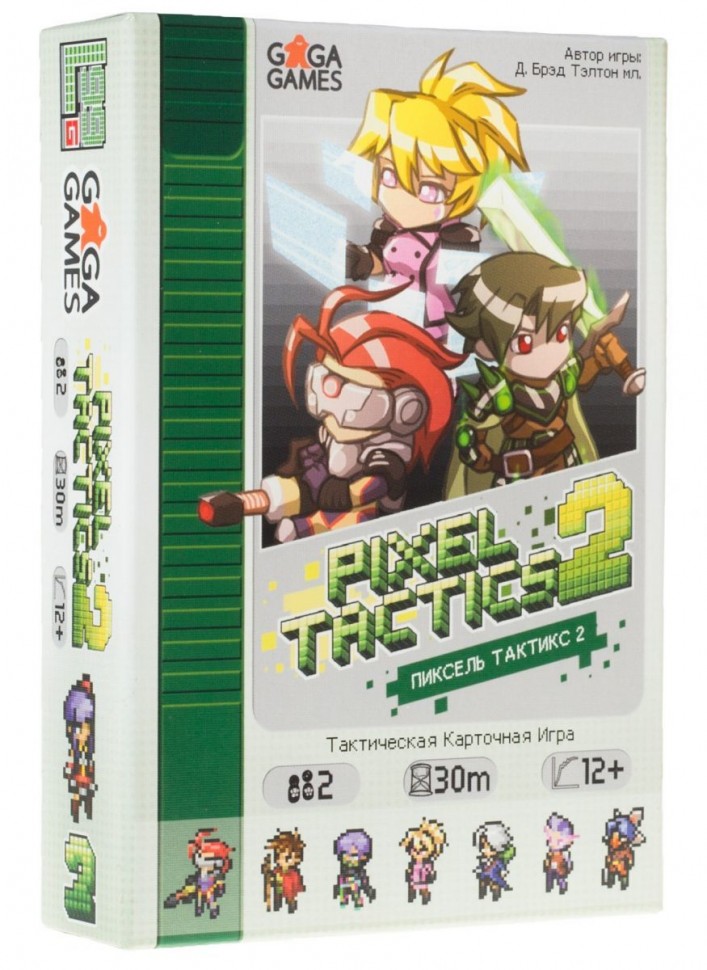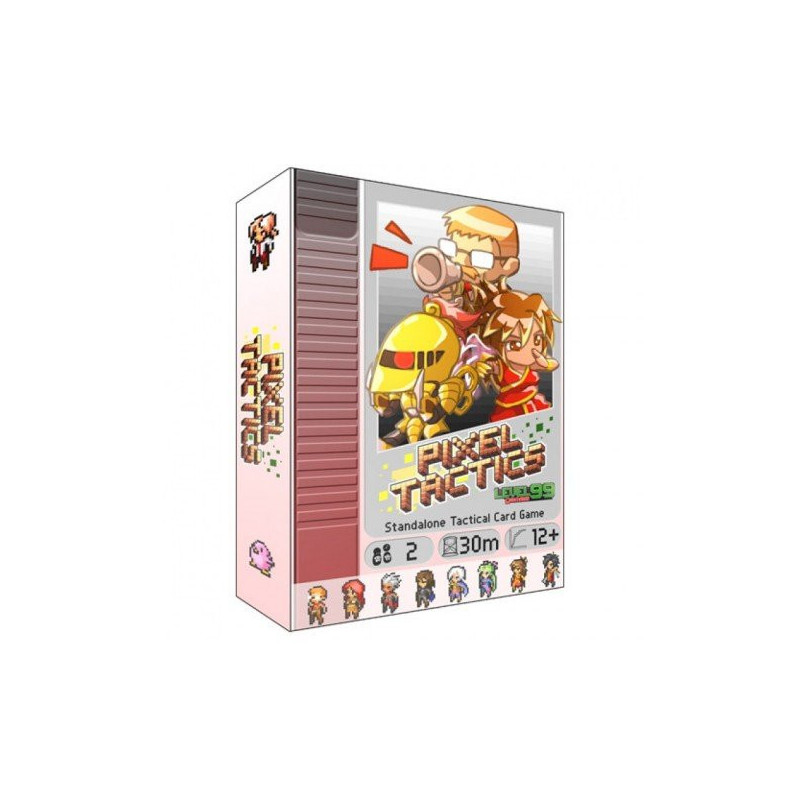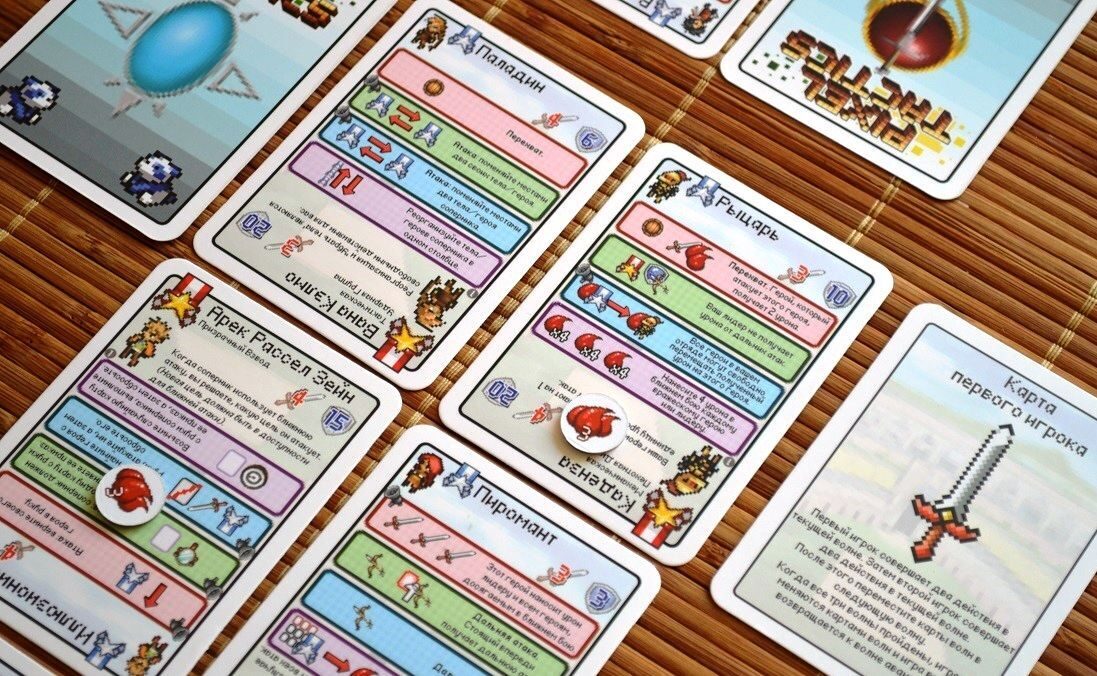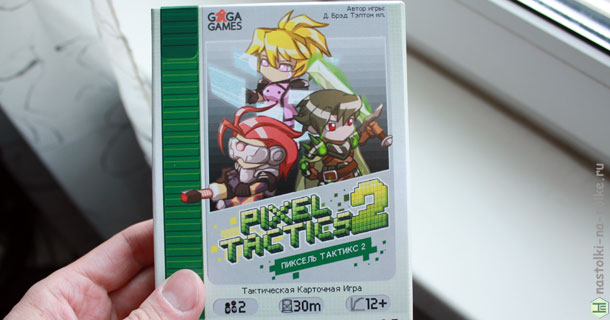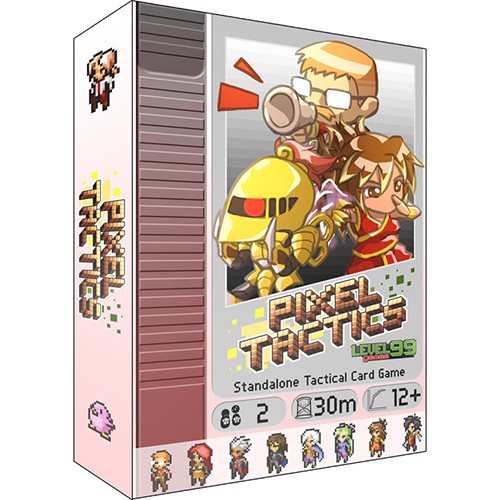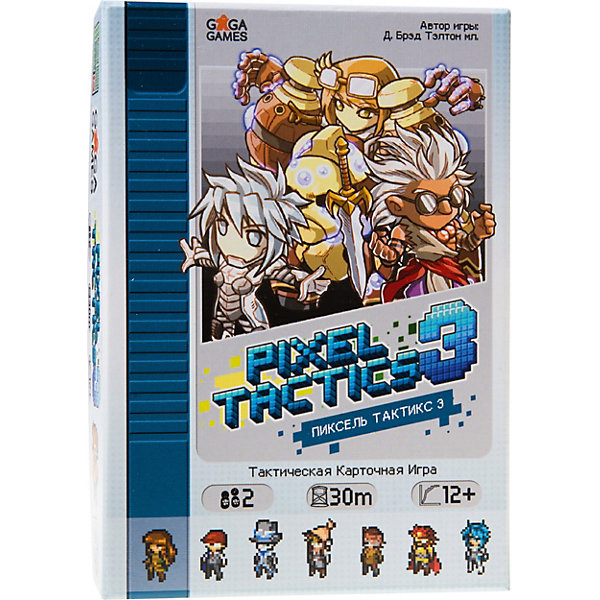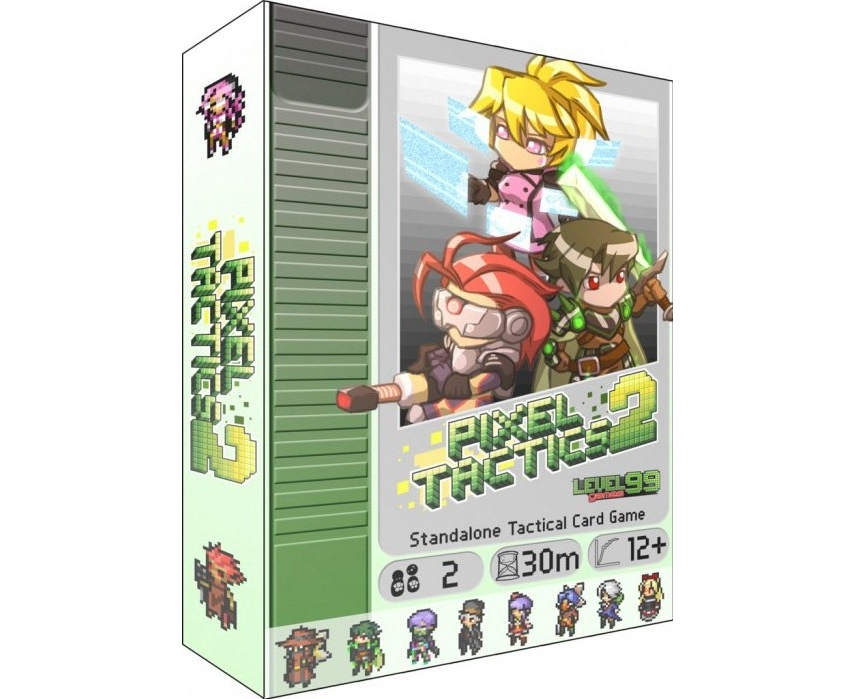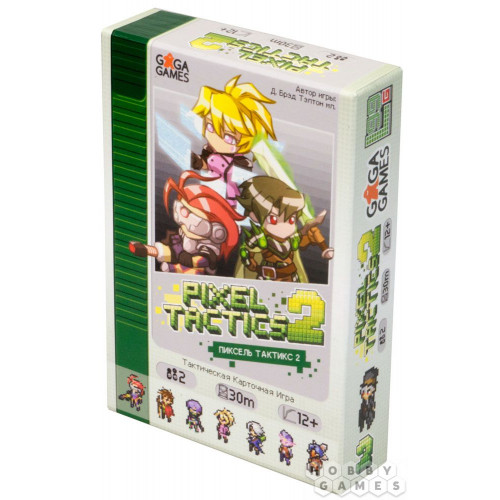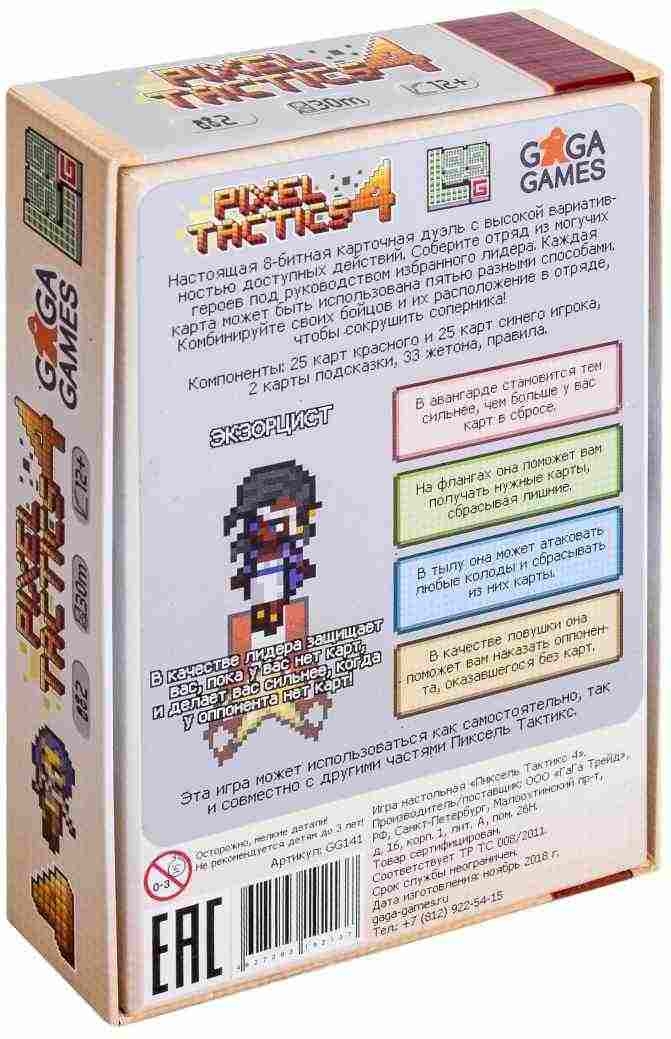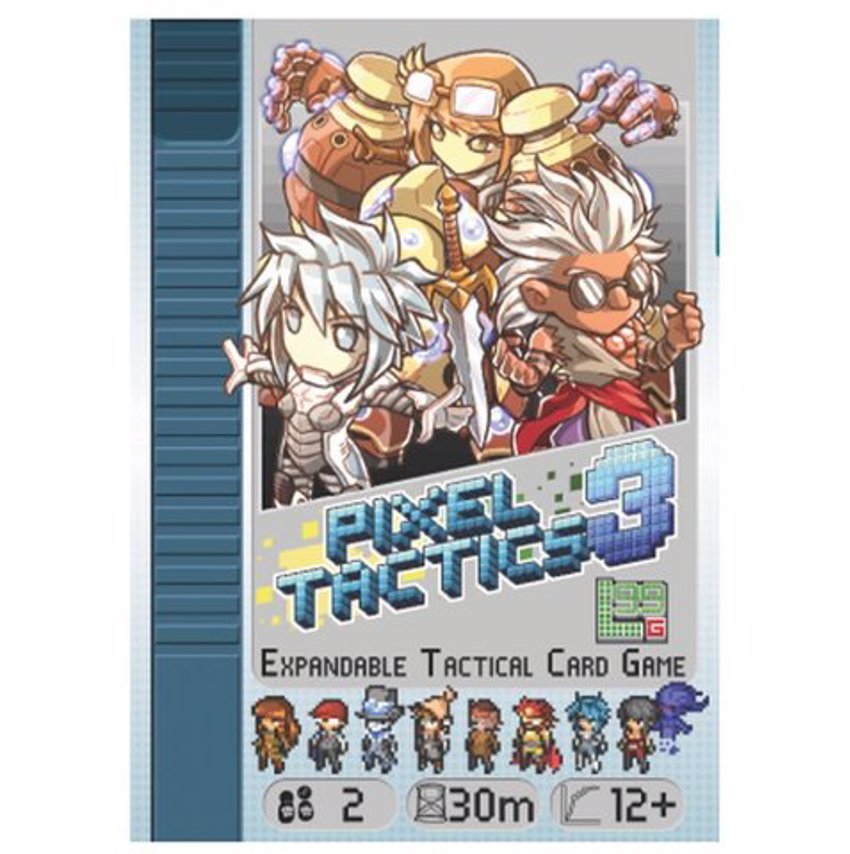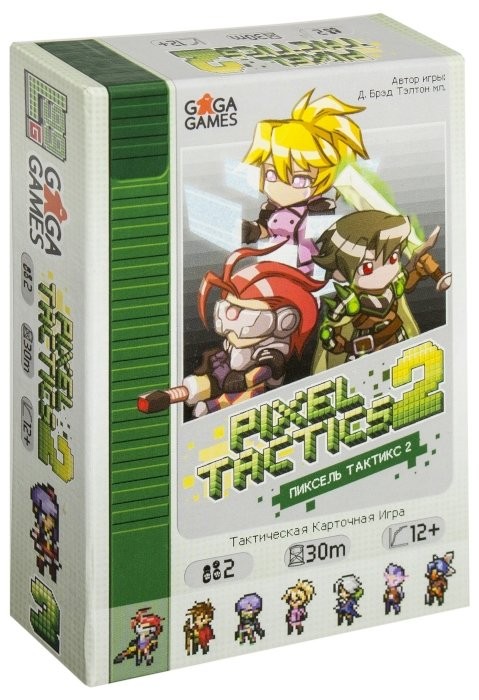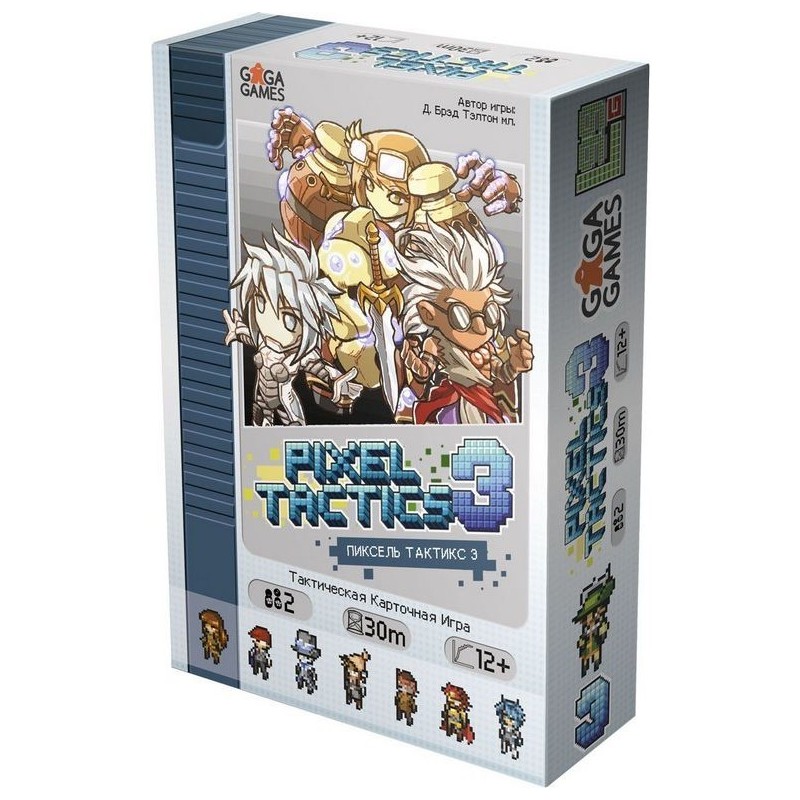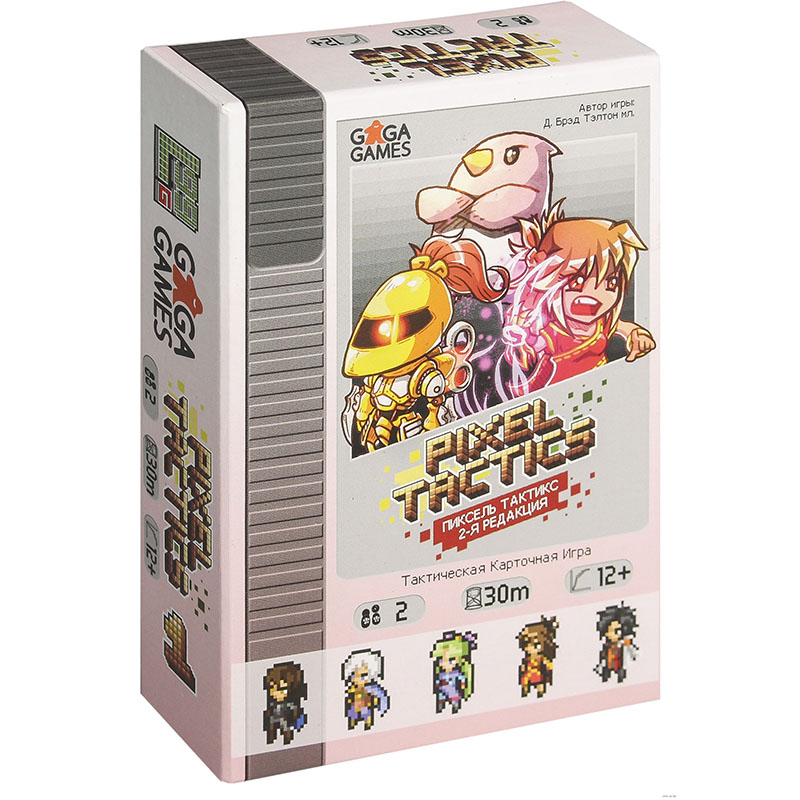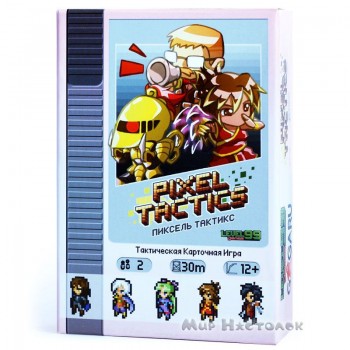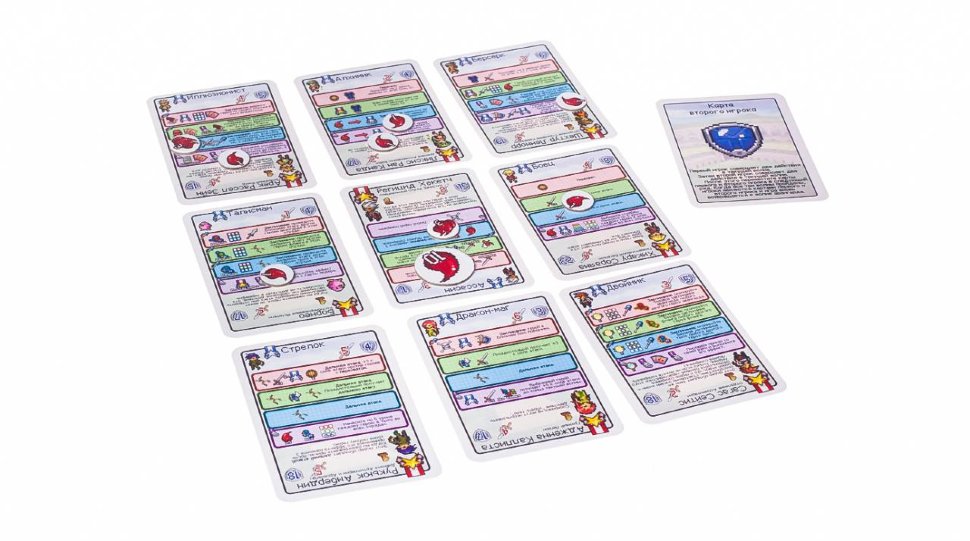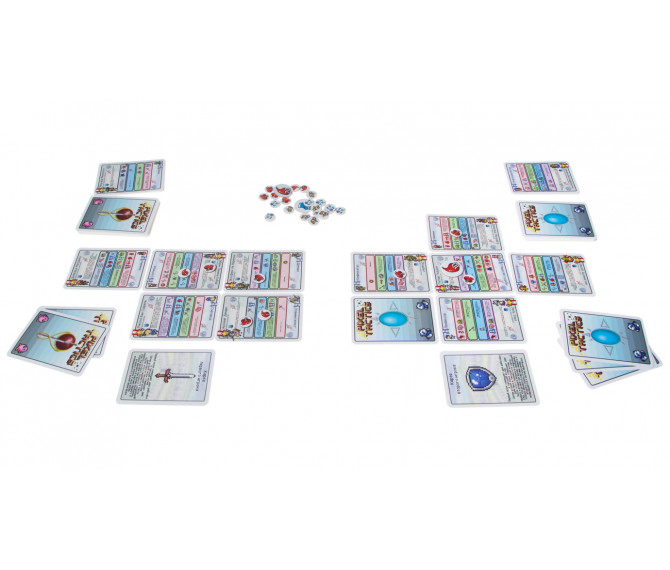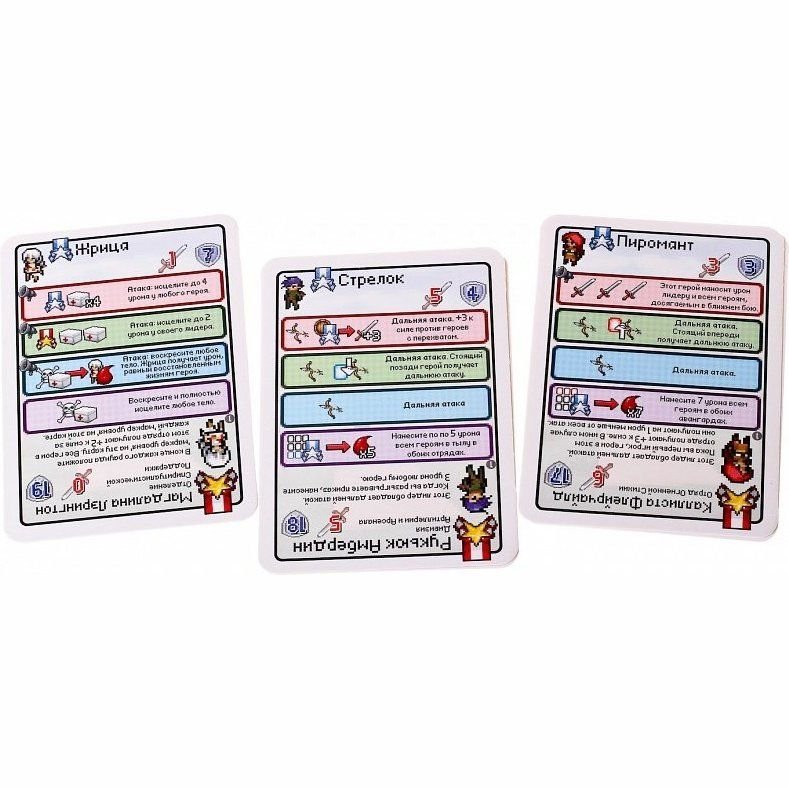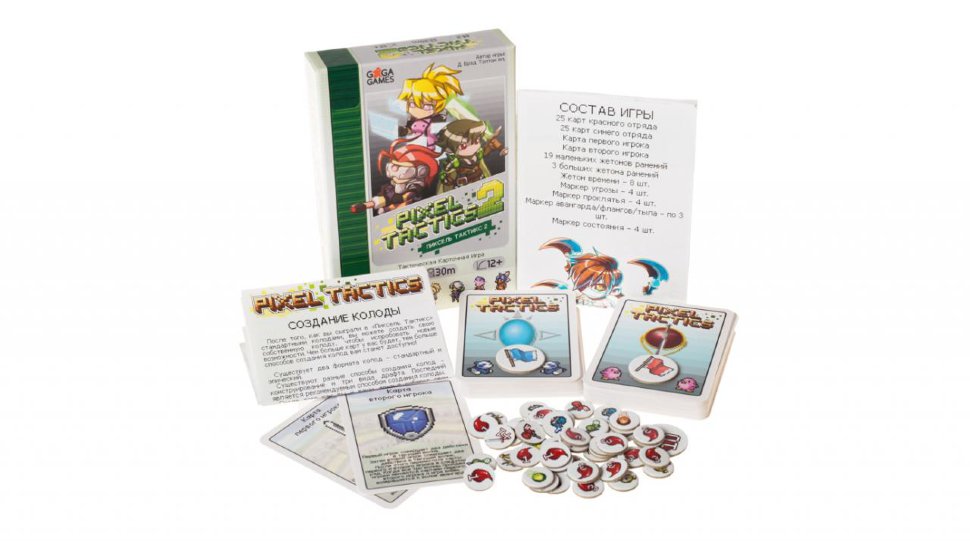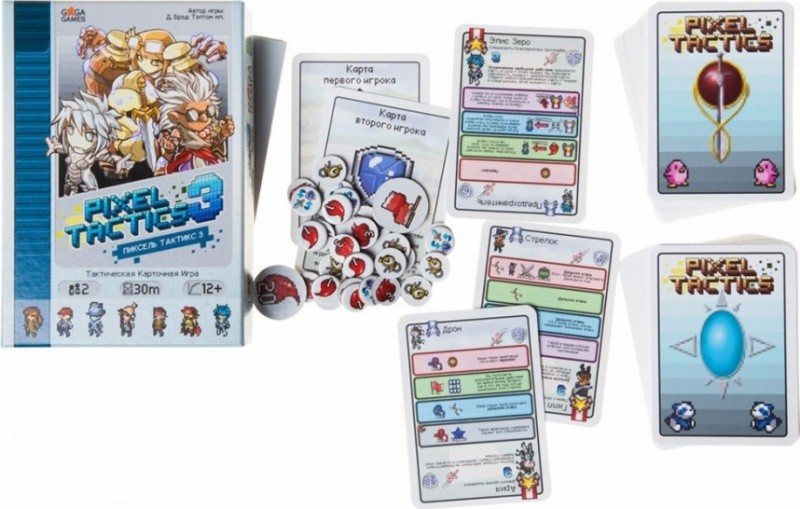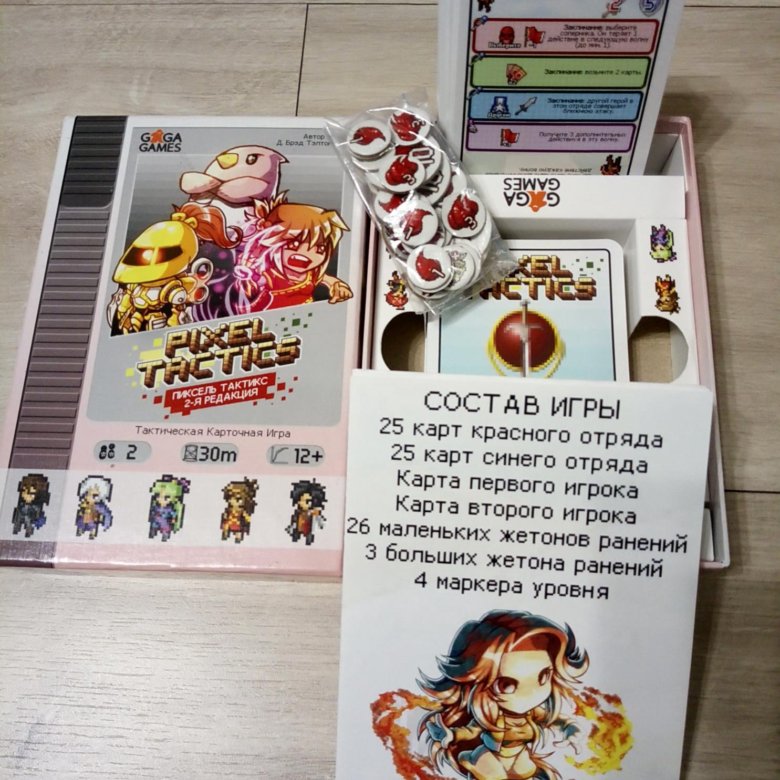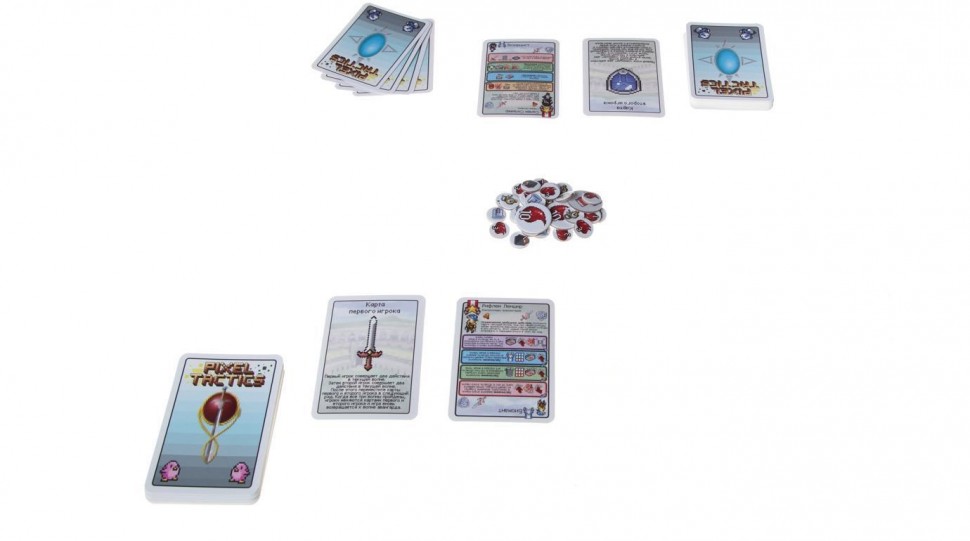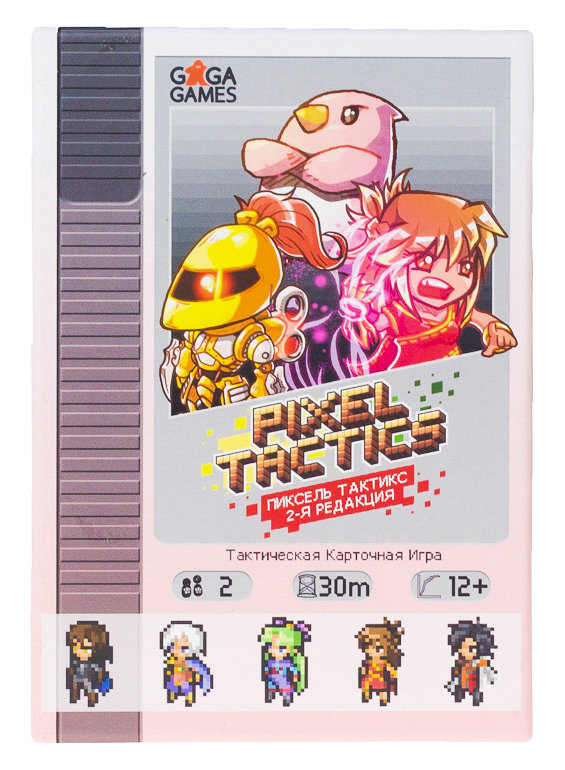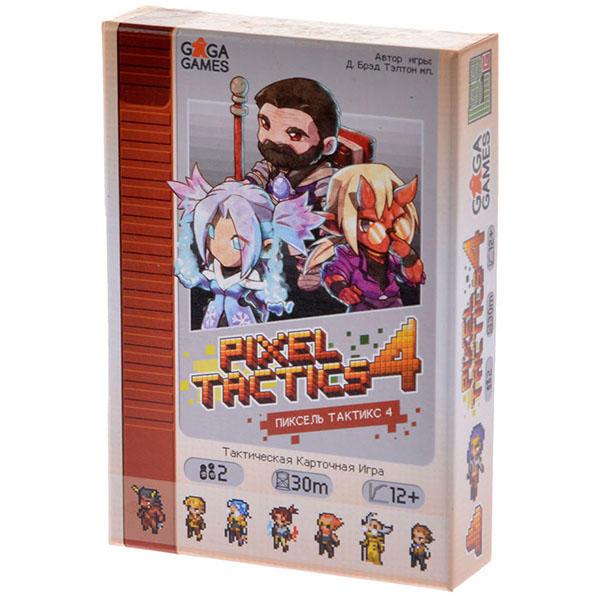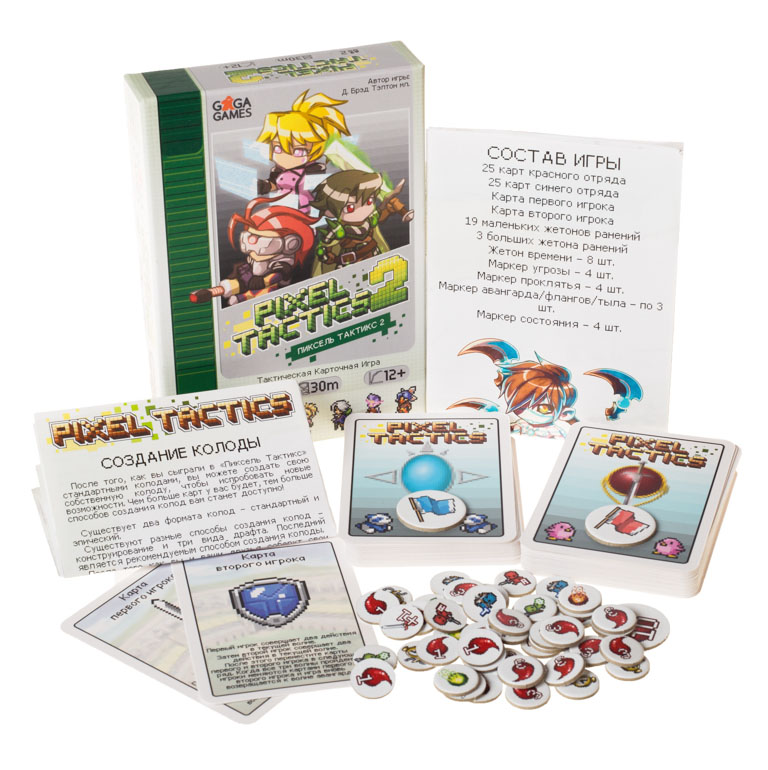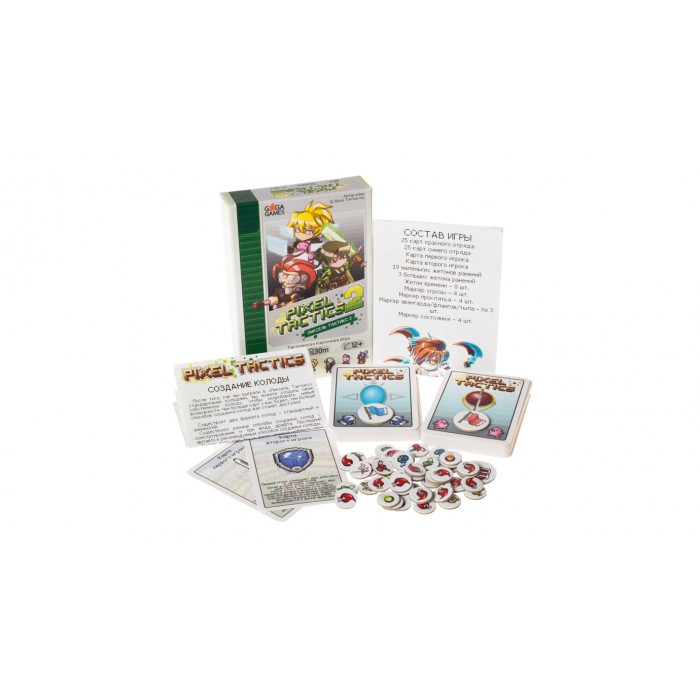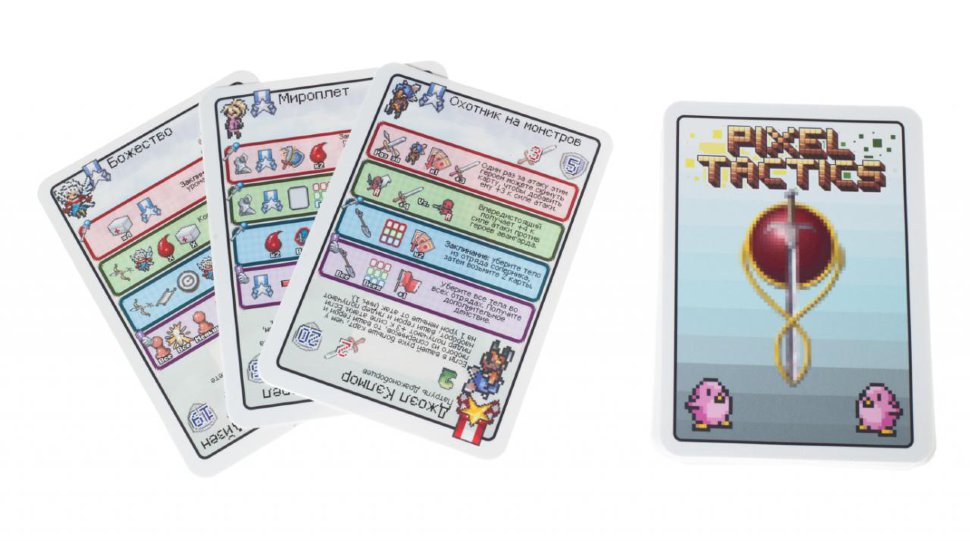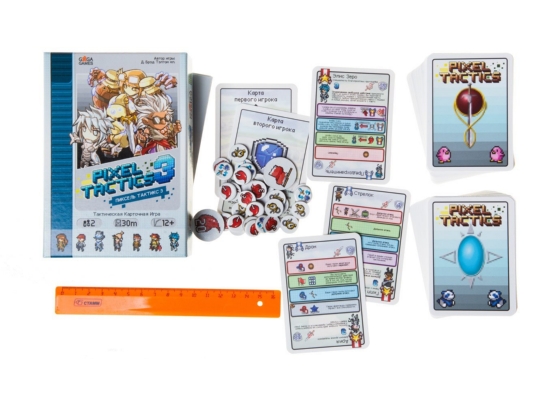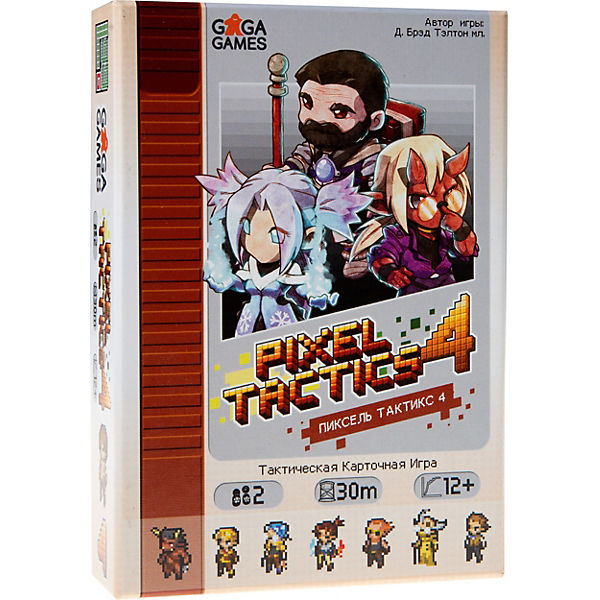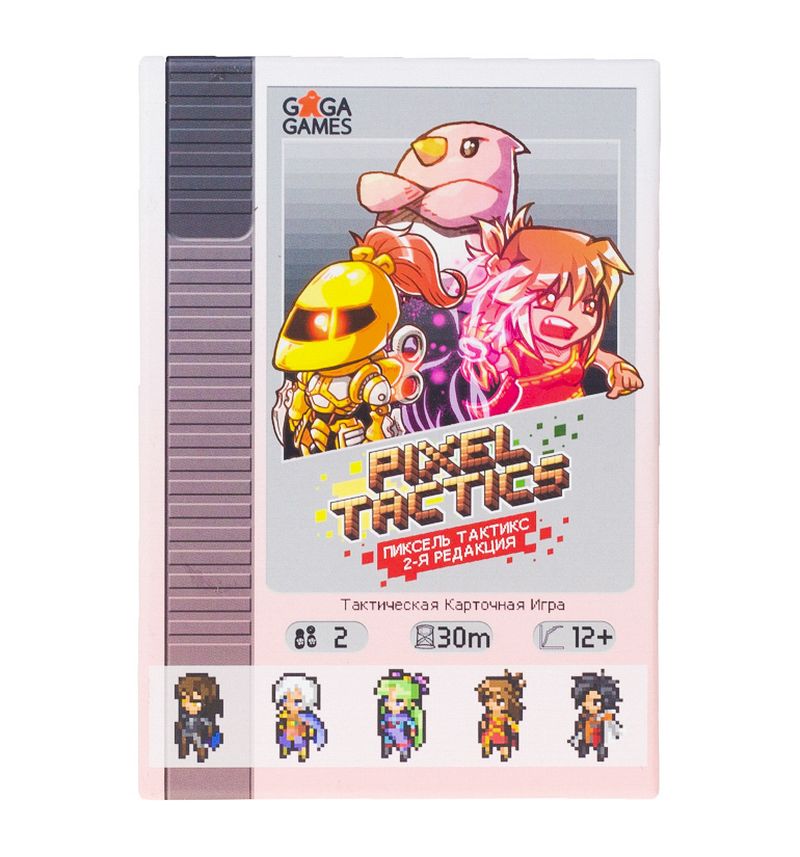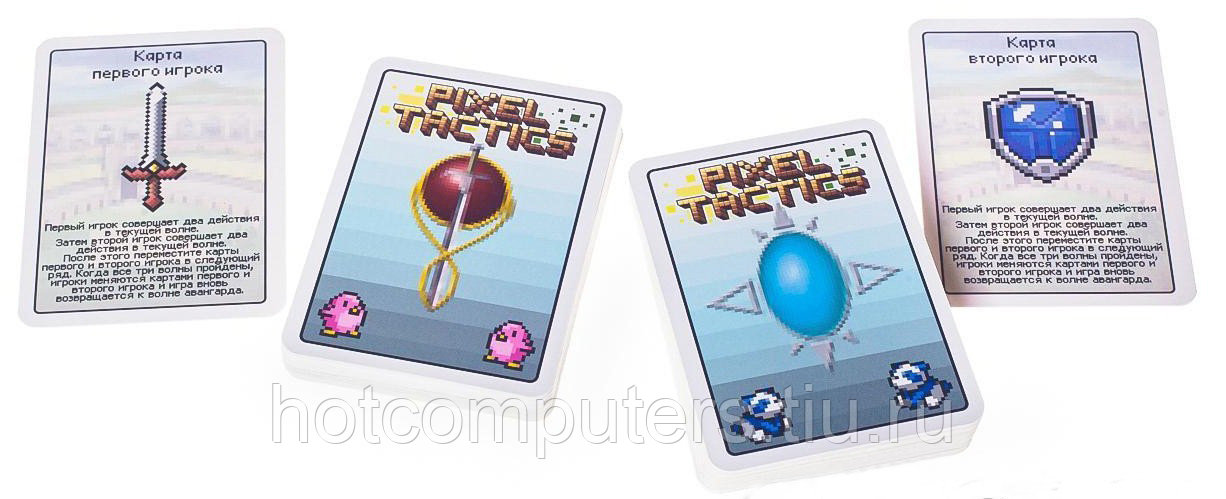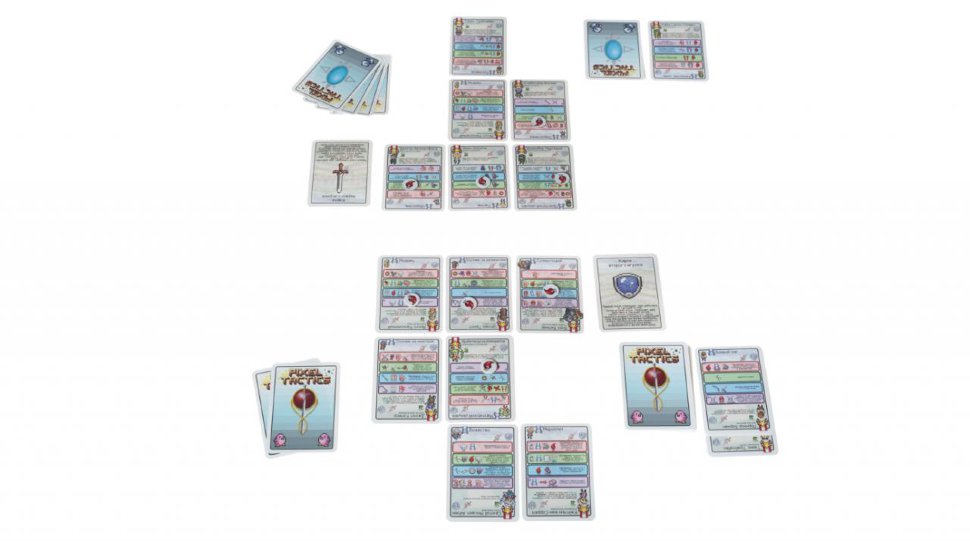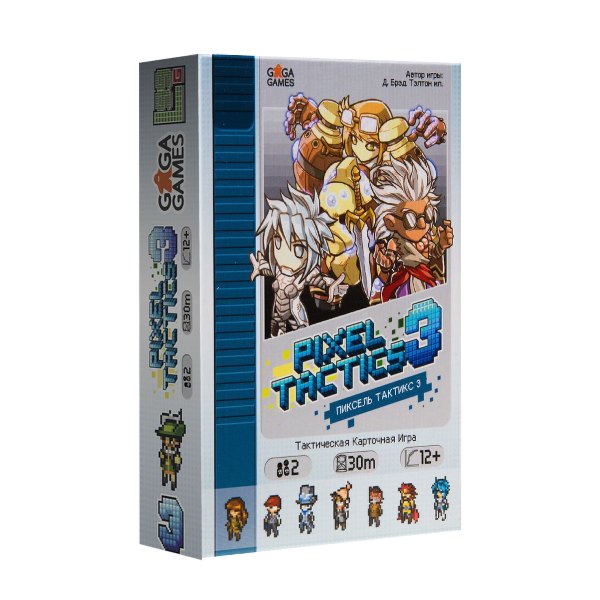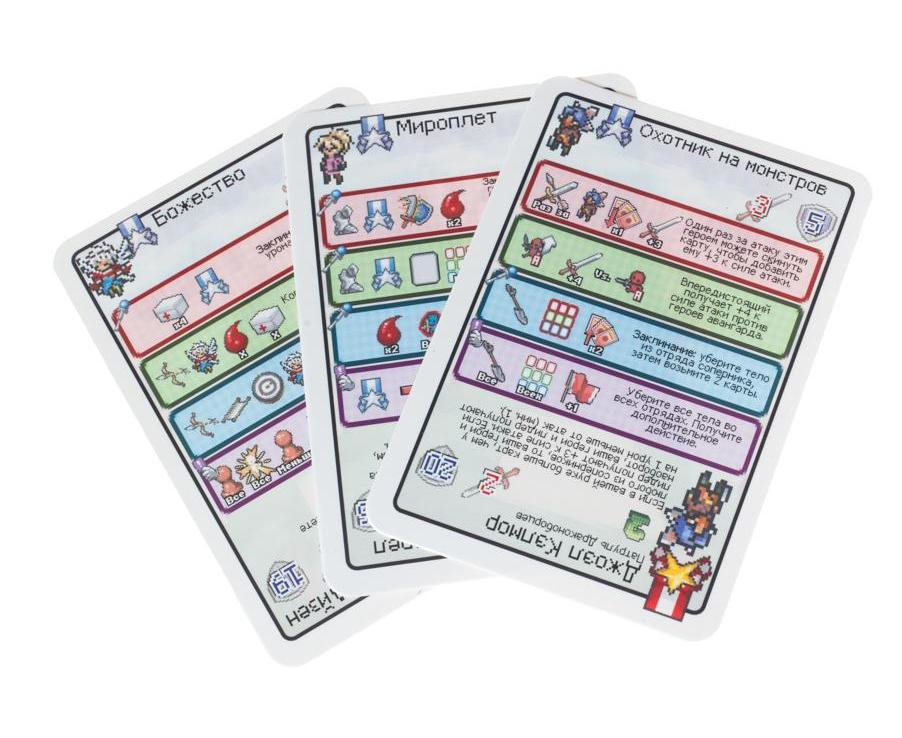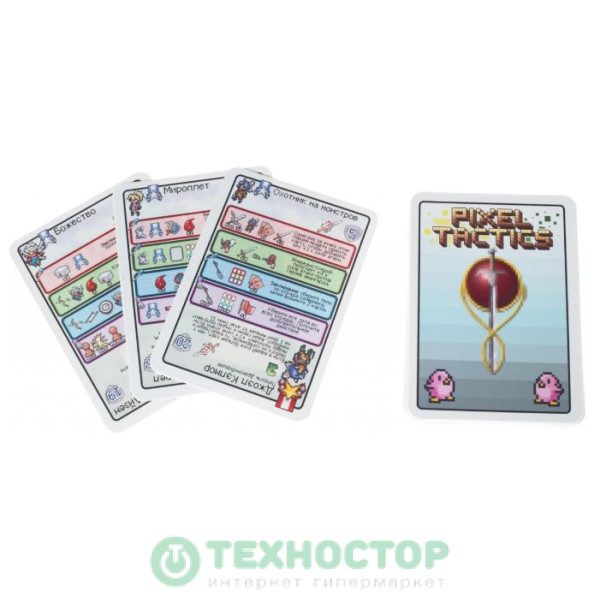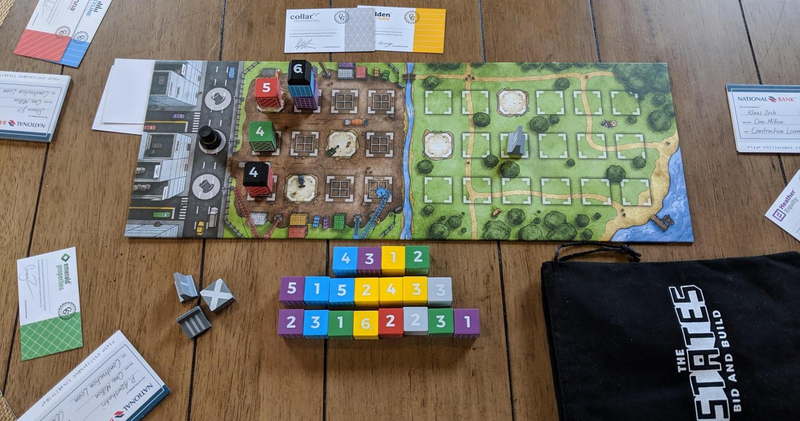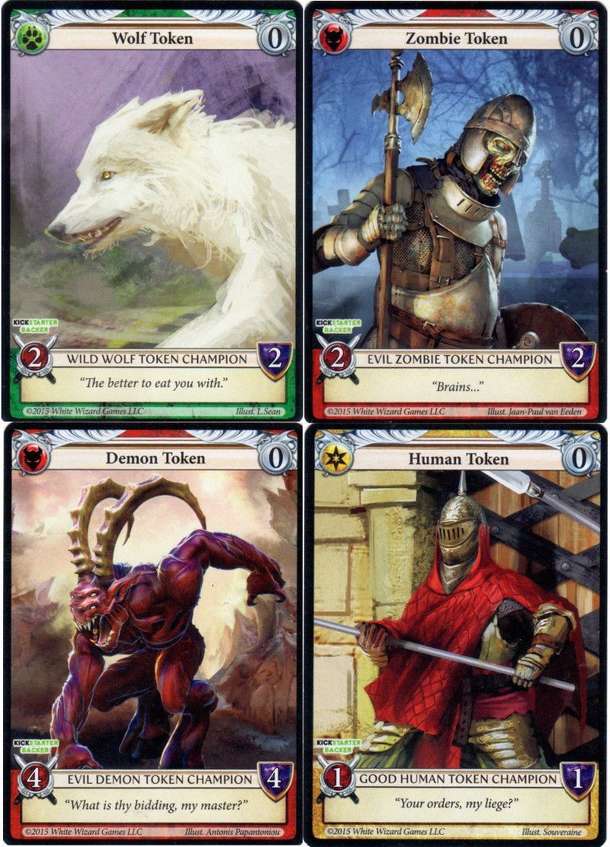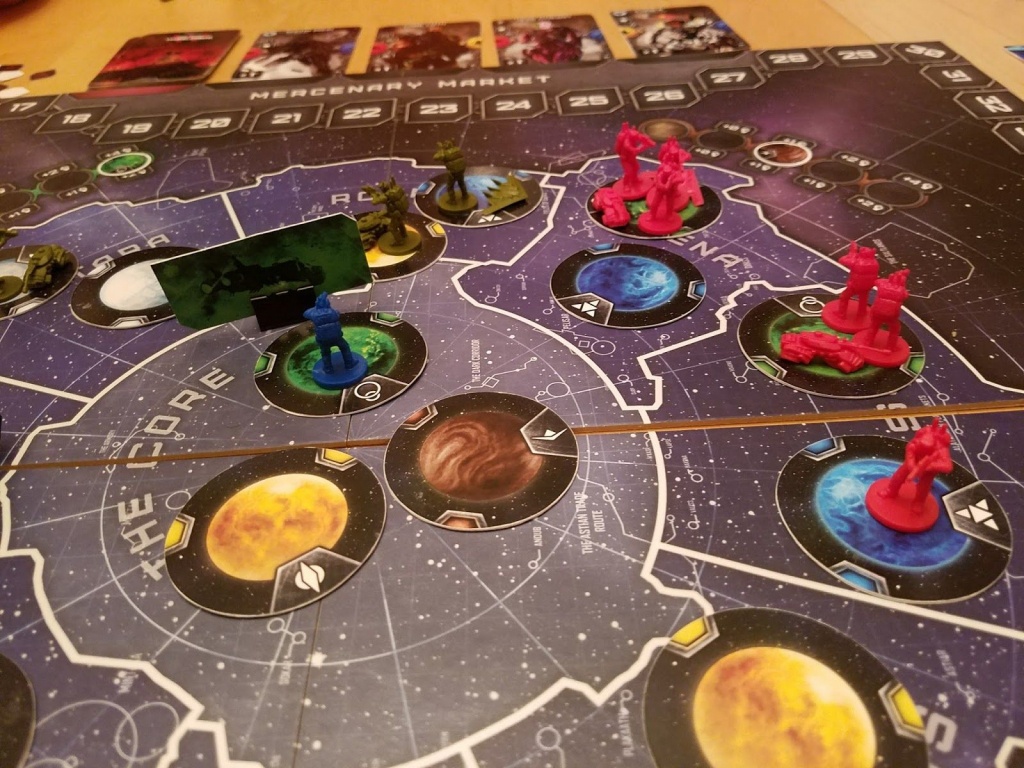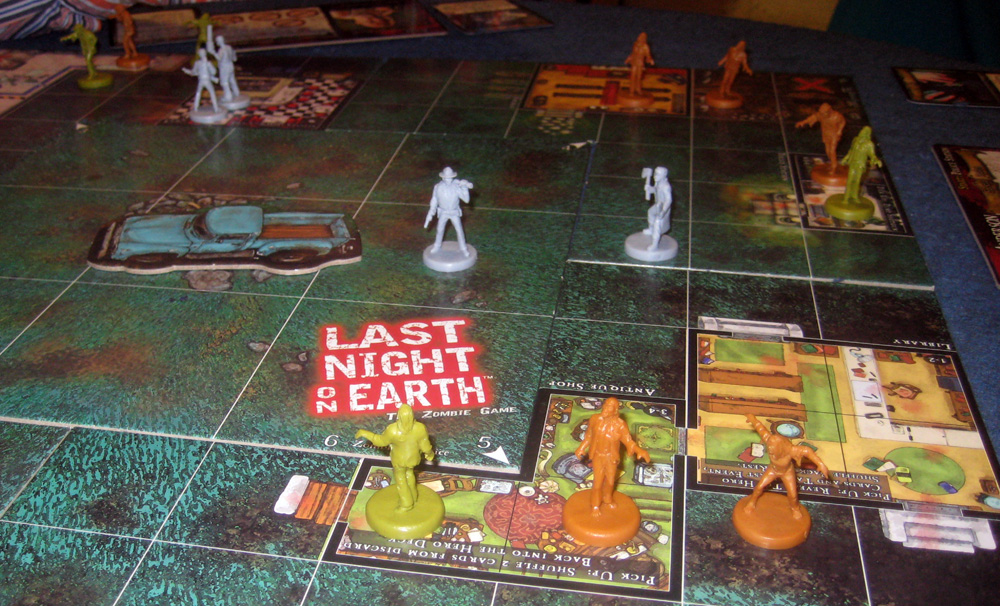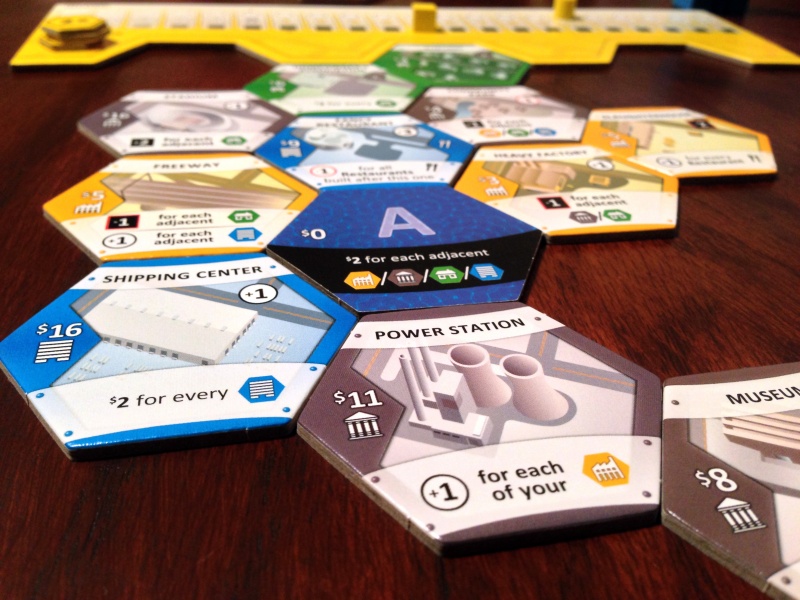Round 1 Ceasefire
No matter what, heroes and leaders cannot use attacks of any kind during the first round of play.
Melee attacks can only be made by the frontmost card in a column. In this example, only the cards with O’s are capable of declaring melee attacks. The others (who have X’s) aren’t positioned to perform melee attacks.
Ranged Attacks
Ranged attacks can target any hero or leader, regardless of their position in the column. Cards with ranged attacks can fire over their friendly allies.
Only heroes with the ‘Ranged Attack’ ability are capable of making ranged attacks. Ranged attacks do damage equal to the attacker’s power, just like melee attacks.
Intercepting Ranged Attacks
A few heroes have the ability ‘Intercept’, which means that enemy ranged attacks cannot pass over them. This makes them especially useful for protecting your rear and flank heroes, as well as your leader.
Attack Powers
Some heroes (especially rear heroes) have special powers that occur instead of attacking. For example, a hero may say ‘Attack: the opponent discards a card’. These are optional alternate attacks that can be used in place of a melee or ranged attack.
They still count as attacks, so you can’t use them more than once in a turn, and the same hero cannot use both their attack power and a melee/ranged attack. Attack powers do not do damage, unless they specifically say otherwise.
Game Principle
A single game consists of 3 or 5 matches. A match consists of any number of rounds, and each round broken down into three waves.
First, let’s take a look at the cards. Each card has 3 different ways it can be used:
A Leader is played at the beginning of the match, and provides its bonuses passively to the entire unit.
An Order is played from your hand as a one-time effect. Orders are powerful, but they go away after resolving, so saving them or using them at the right moment is critical.
A Hero is played during combat using the recruit action. Heroes have different abilities based on where they stand in relation to their leader.
Vanguard Heroes are those in front of the leader. These often have defensive or offensive abilities.
Flank Heroes are those on either side of the leader. These usually offer improvements to their allies or tactical abilities.
Rear Heroes are those behind the leader. These usually give support abilities or have ranged attacks.
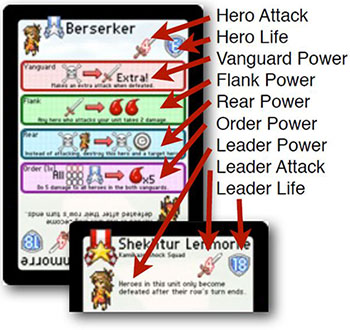
Casualties
When a hero or leader is hit with an attack, it takes damage. At the end of each wave, casualties are checked. Any hero with damage equal to or exceeding its life is considered defeated.
A hero with lethal damage on it can continue to fight, act, and be healed throughout a wave. Only at the end of a wave are casualties determined.
When a hero is defeated, all damage is removed from it, and it is flipped face-down, becoming a corpse. Corpses cannot attack, they do not block melee attacks, and new heroes cannot be played on top of them. Only by clearing a corpse can you play a new hero into its position.
Some effects can revive corpses, and one leader can even use them to attack, so it’s not always necessary to clear every hero that falls. Sometimes it’s advantageous to keep them around.

Example: The Gunner has a ranged attack, so he can fire over heroes and leaders. In this case, he could hit the Witch (rear right side) by shooting over Seth’s Knight, or hit the Overlord by shooting over Seth himself. Seth’s Illusionist has the ‘Intercept’ ability, and thus even the gunner cannot shoot over it.
Actions
You just draw a card from your deck. If your deck is empty, this action is no longer available. There are no hand limits.
You may play a hero down into an empty slot in the current wave (for example, during the vanguard wave, you can only recruit to empty spaces in your vanguard).
You may use a hero or leader in the current wave to make an attack. Attacking is discussed in more detail later. A hero recruited during this turn may not declare an attack of any kind. A single hero or leader can only attack once per turn.
You may play a card from your hand for its order (purple) effect. Read the order’s text aloud and perform all the actions instructed on the card. The card then goes to your discard pile.
Clear A Corpse
When heroes fall in battle, they leave corpses behind on the field. These might be revived later on, but if you have no plans to revive a hero (or if you fear your opponent may revive it and use it against you) then you can clear the corpse.
Simply move the corpse into your discard pile. Since heroes can only be played into empty spaces on the field, you will need to clear corpses eventually in longer battles.
Restructure
You may move a hero from anywhere on the field into your currently active wave. That hero cannot attack during this wave. Note that leaders cannot be moved.
The Next Match
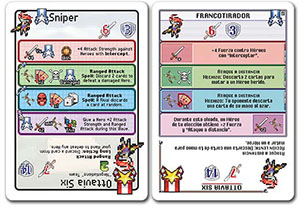
A typical game plays best of three or five trophies–whichever number the players have agreed upon. The first player to claim two trophies in a best of three game, or to claim three trophies in a best of five game, is declared the winner of the game.
If no player has won the game after claiming trophies, proceed to the next match. From here on out, both players’ decks will be one card smaller. In addition, for each trophy your opponent possesses, you draw one additional card at the start of the game, before selecting leaders.
This slight card advantage will give you more control over your leader selection, and give you a head start on army building.
The player who won the previous match is always first player at the start of the next game.
Continue Reading
Attacking
When you select the attack action, you will choose a hero in your current wave to make the attack, as well as a target on the opposing field.
There are three main kinds of attacks:
Melee Attacks
A melee attack must target the closest opposing hero or leader in a single column (see the example on the right). A melee attack does damage to the target equal to the attacker’s power. All heroes and leaders are capable of making melee attacks. A melee attack cannot be used if a friendly hero or leader is standing in front of the attacking card.
Example: Shekhtur only has a melee attack (like most leaders), so she can attack the closest hero in a column. In this case she could hit Seth, (the opposing leader), his Illusionist, or his Overlord. She would not be able to hit the Mystic, who is protected by the vanguard-row Illusionist.


